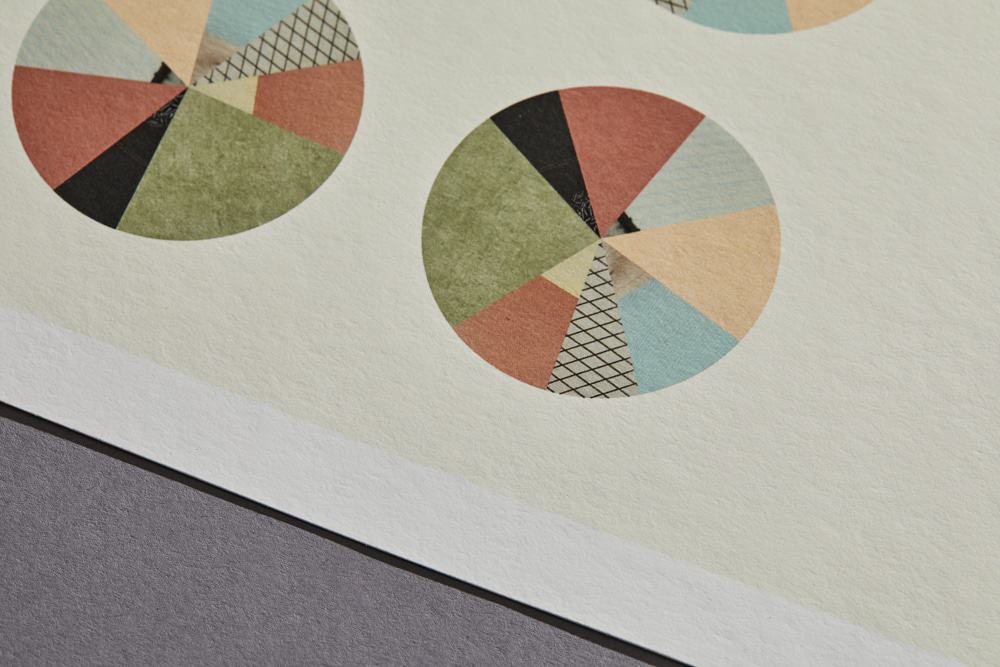

The most common printers used in giclee are larger format models that hold up to 12 different colour ink cartridges. But the printers used to achieve a true giclee product are miles ahead of anything you would expect to find in a home or office. Over the years inkjet printers have made huge advancements and many are able to successfully render good quality images with wide colour gamuts. Giclee was originally used to refer to a modified Iris printer, which was an industrial, large-format, prepress-proofing inkjet printer. Most giclee printing is achieved using a large format inkjet printer If you're buying a giclee print then don't be afraid to ask the seller what paper it is printed on, though some will indicate such information in the product description. There are plenty of options out there and each will react differently. Professional series paper can be significantly more expensive than standard plain white copy paper, so make sure to research the paper you're looking into buying first. Some examples are Epson with its Signature Worthy (opens in new tab) series and Moab with its Somerset (opens in new tab) and other professional paper lines. Most professional series paper will give this information on the box eg. This often means acid-free / lignin-free papers, which can preserve the product for a long time. Archival is a term used to describe something that is resistant to deterioration with excellent longevity. To get the best result with giclee, it is recommended to use either archival or museum grade category inkjet paper generally coming under the categories matte, cotton-rag or canvas.

The box will usually give key details, such as archival, 100% cotton or rag and acid free


 0 kommentar(er)
0 kommentar(er)
